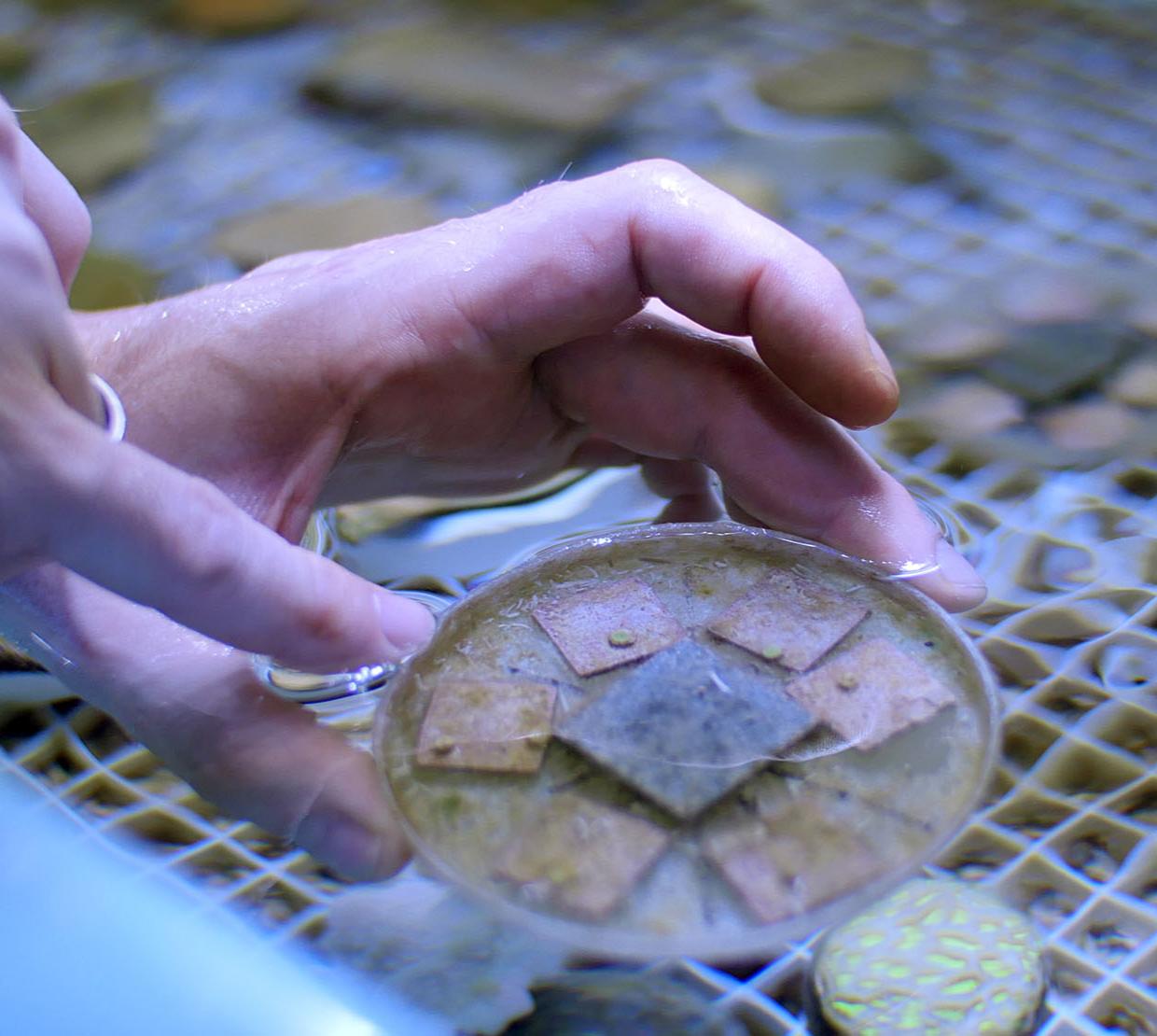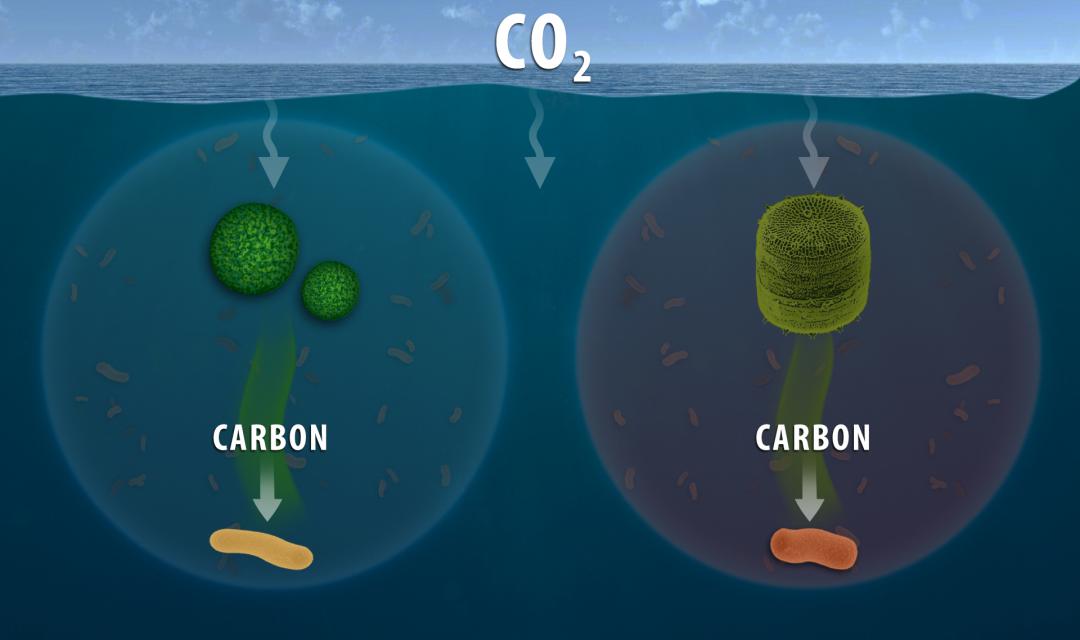Researchers from the Department of Microbiology have shed new light on the mechanisms of carbon cycling in the ocean, using a novel approach to track which microbes are consuming different types of organic carbon produced by common phytoplankton species.
The research is an important step toward forecasting how much carbon will leave the ocean for the atmosphere as greenhouse gas carbon dioxide and how much will end up entombed in marine sediments, said Ryan Mueller, associate professor of microbiology and the leader of the study.
Findings were published today in the Proceedings of the National Academy of Sciences.
“Our research shows that different species of microbes in the ocean are very particular yet predictable in the food sources they prefer to eat,” said first author Brandon Kieft (Ph.D. Microbiology '14), currently a postdoctoral researcher at the University of British Columbia. “As global climate change continues to alter oceanic environments at a rapid pace, the availability of food sources for microbes will also change, ultimately favoring certain types over others.”
The research was funded by the Gordon and Betty Moore Foundation Marine Biology Initiative and the U.S. Department of Energy.
Read the full story here.





